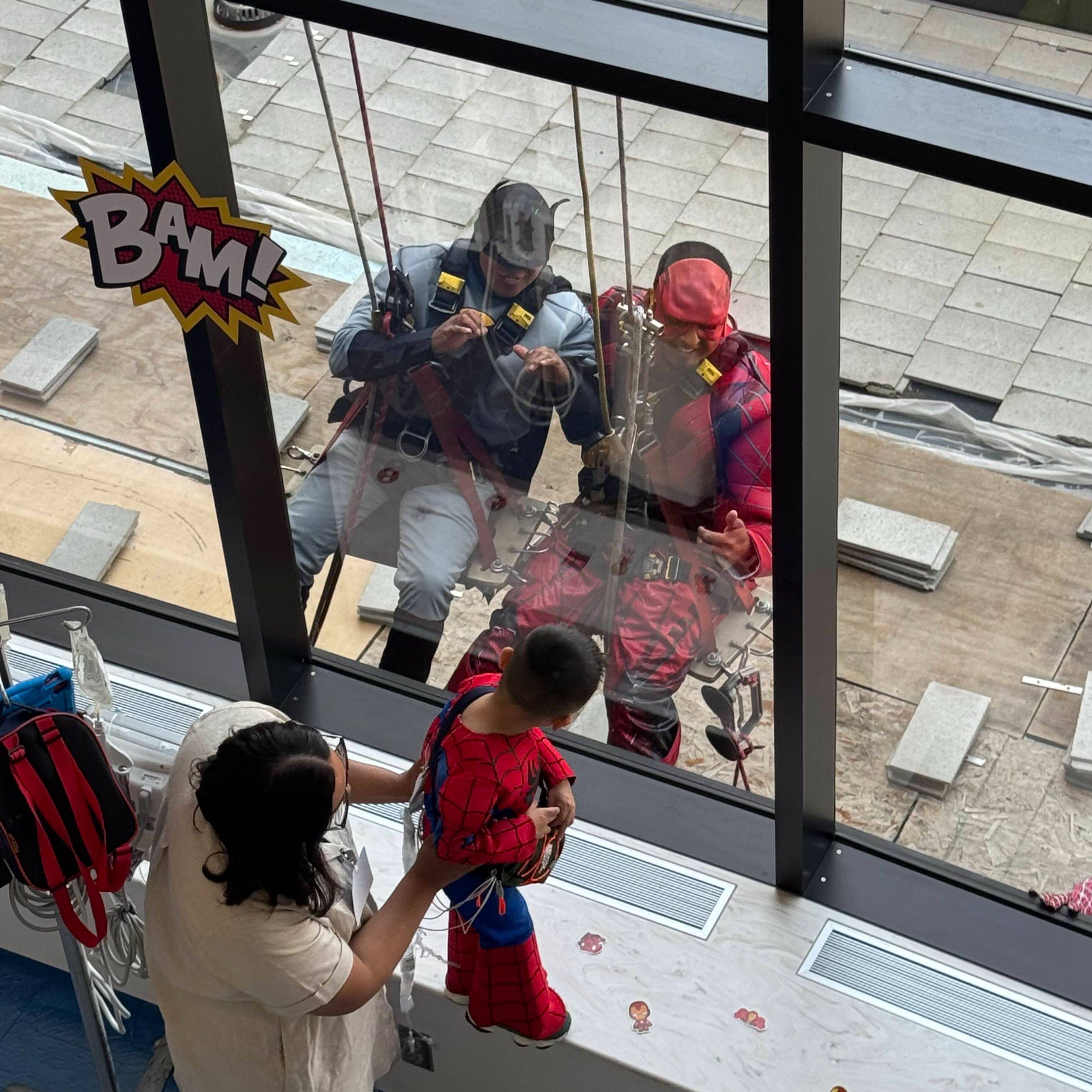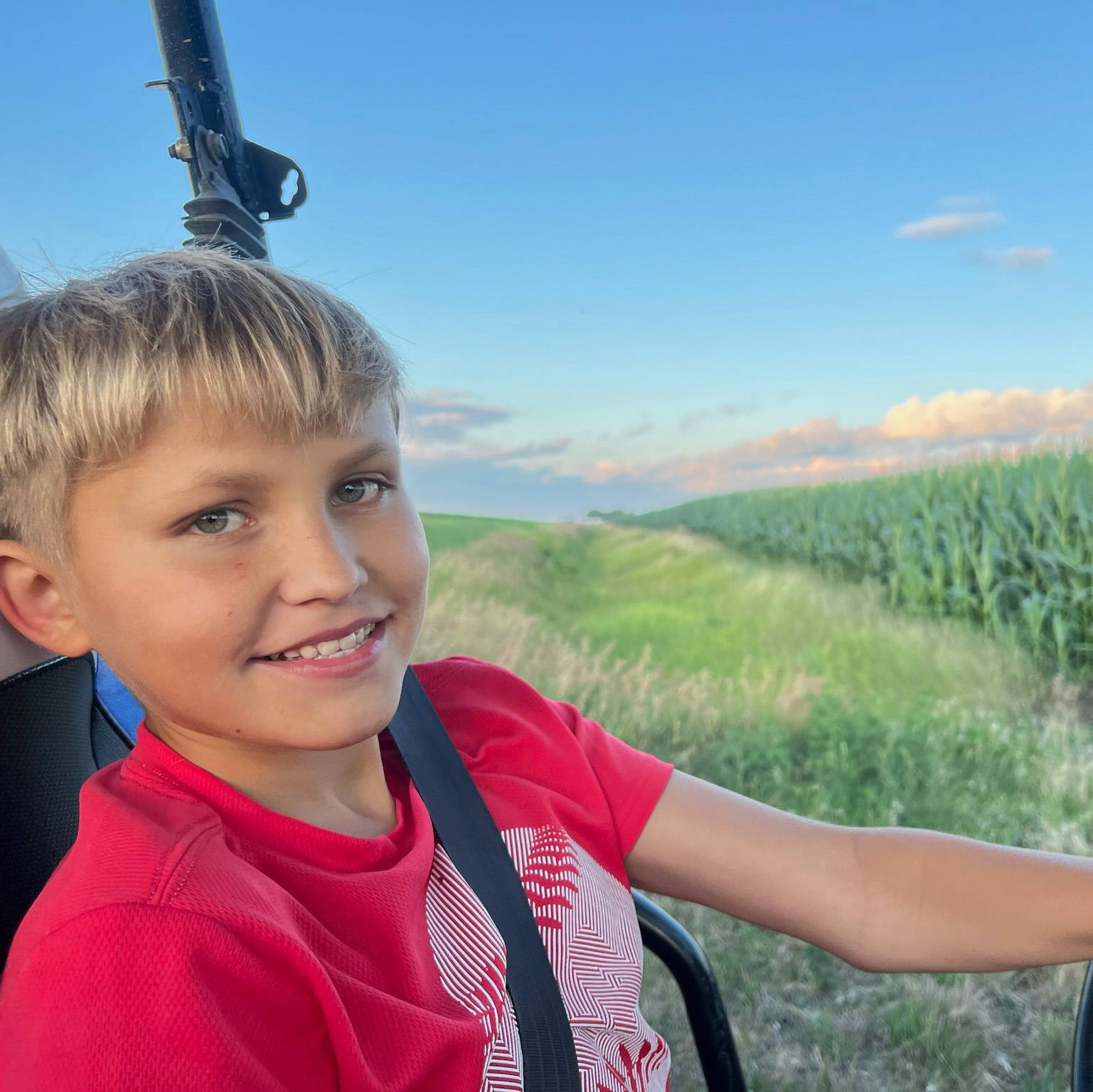-
Mayo Clinic Minute: Beware the big backpack
All that reading, writing and arithmetic really can add up.
"As kids are growing and developing, they’re at risk for injury if they’re carrying something that’s really too heavy for them," says Dr. Elizabeth Cozine, a Mayo Clinic family medicine physician.
Journalists: Broadcast-quality video pkg (0:57) is in the downloads. Read the script.
She says complaints of sore joints, achy muscles and back pain are signals that your student’s backpack may be a problem.
"Most young kids don’t have low back pain or any back pain at all," explains Dr. Cozine. "So I take that pretty seriously.”
Dr. Cozine says a good rule of thumb is to keep the backpack load to less than 15 percent of your student’s body weight.
"A kid who weighs 100 pounds might have a backpack up to 15 pounds, which I think is really pretty darned heavy," says Dr. Cozine. "So I’d really suggest even less than that."
When possible, choose a smaller backpack with wide straps. Remind your student to wear both of them on his or her shoulders. And ask about what's being carried around. If the answer is “everything,” help your student figure out how to lighten the load.
Related Articles







